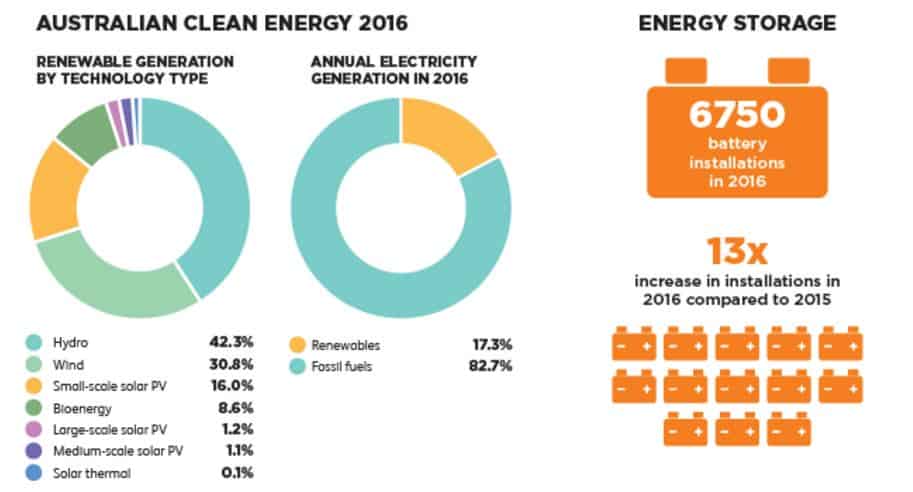The solar battery storage industry is currently locked in a fierce battle with Standards Australia to halt new battery storage laws which would severely impact the uptake of residential battery storage in Australia. The draft regulations have been released and are now being discussed throughout the industry.
Battery Storage Laws
The main problem is that there aren’t currently any Standards Australia regulations for domestic battery installations – something that obviously needs to be identified and managed. The Clean Energy Council (CEC) already released a set of industry rules in 2016 which limit home batteries to ‘a dedicated equipment room or battery room’ – advising that installers need to be wary of ventilation, extreme temperatures, and ensure they don’t install in ‘habitable rooms’ e.g. bedrooms, living rooms, kitchens. The CEC’s rules, however, did include an exemption for ‘all in one’ battery and inverter control systems.

Standards Australia have released a draft of their regulations for in-house energy storage – and they are far more draconian:
- Lithium ion batteries will be classed as ‘fire hazard class 1’ and must not be installed inside a domestic dwelling, within a metre of any access or egress area or under any part of a domestic dwelling.
- Lithium ion batteries will need to be housed in a 3x2m fire shelter with eaves.
- Consumer groups and the solar battery storage industry have until August 15 to challenge these recommendations.
Dr. Bronwyn Evans, the CEO of Standards Australia, was quoted in the Australian as saying the draft report is a “comprehensive document” created as “the result of many hours of work from experts representing industry, government and community interests”. They’ve been labelled as ‘over-zealous’ by the CEC.
CEC chief executive Kane Thornton said: “Consumer safety is our first priority, and there is nothing to suggest that this requirement would do anything other than throw up unnecessary barriers and red tape around an industry which is poised to make a big contribution to energy security across the country.”
It seems that these very strict draft recommendations have been put in place in an attempt to mitigate a repeat of the Rudd Government’s Energy Efficient Homes Package program (more specifically, the Home Insulation Program ‘stream’ of this package) in 2010, which was a failure on myriad fronts and also resulted in the deaths of four workers in four separate incidents.
There’s no doubt that we need to be careful and ensure the safety of households with storage and also make sure they’re safe for installers/repairers – but this needs to be managed responsibly, not with knee-jerk and unnecessarily over regulated reactions.
Access Standards Australia’s public comment portal to leave your comment on the new rules by clicking here.


